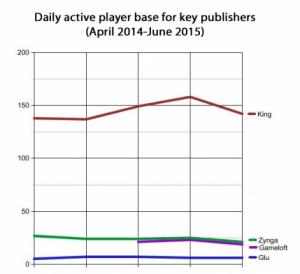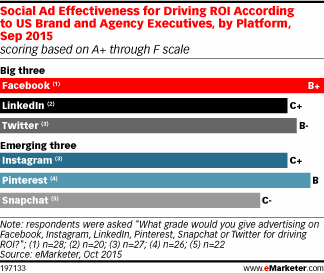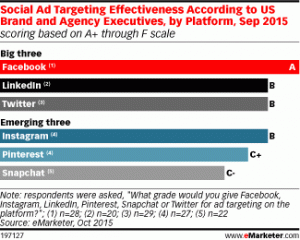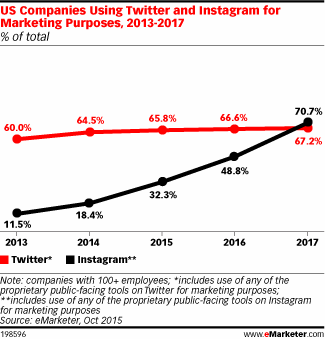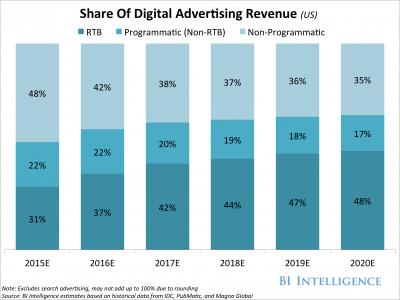Paramount’s Paranormal Activity films have been haunting theaters for years, generating millions of dollars for the movie studio in the process.
Now, as a tie-in with The Ghost Dimension, the final chapter of the series that hits theaters this Friday, Paramount has launched a new promotion that will have viewers seeing spirits in a spooky new virtual reality experience.
In collaboration with AMC Theaters, the demo for the forthcoming Paranormal Activity VR game will be at various theaters. Fans will be able to check it out demo stations hosted by HTC Vive and powered by SteamVR. These locations include theaters in Baltimore, Boston, Las Vegas, New York and various California theaters. The full list is below.
| AMC Loews White Marsh 16 | Baltimore, MD |
| AMC Neshaminy 24 | Bensalem, PA |
| AMC Loews Boston Common 19 | Boston, MA |
| AMC Century City 15 | Century City, CA |
| AMC Bay Street 16 | Emeryville, CA |
| AMC Town Square 18 | Las Vegas, NV |
| AMC Loews Alderwood Mall 16 | Lynnwood, WA |
| AMC Tysons Corner 16 | McLean, VA |
| AMC Mesquite 30 with Dine-In Theatres | Mesquite, TX |
| AMC Empire 25 | New York, NY |
| AMC Orange 30 | Orange, CA |
| AMC Mission Valley 20 | San Diego, CA |
| AMC Metreon 16 | San Francisco, CA |
| AMC Mercado 20 | Santa Clara, CA |
| AMC Universal CityWalk 19 | Universal City, CA |
The game is currently set to debut in spring 2016 and compatible with a variety of virtual reality headsets. A non-VR edition is also in the works for Steam, PlayStation 4 and Xbox One.
The timing couldn’t be better for the reveal of our Paranormal Activity VR game demo, said Russell Naftal, Co Managing Partner of Beast MG/VRWERX. With the (demo), we ve created an entirely unmatched horror experience on this amazing new platform. We can t wait for everyone to play the full game this spring!
Speaking exclusively with [a]listdaily, Alex Barder, co-managing partner of Beast MG/VRWERX added, “The Paranormal Activity VR game is really pushing the limits of the horror genre, immersing players in a truly terrifying, interactive experience. Gamers and horror fans have never played anything like this before, and we can’t wait for people to get a sneak peek and play the full game this spring!”
Not only will the promotion provide a boost to the films, but also the pending virtual reality version of the game, which will truly involve viewers more than the movies ever could. We re excited to bring gaming experiences to life in ways that fans have never imagined, said Dan O Brien, VP VR Planning and Management, HTC in the press announcement. With the Paranormal Activity VR game demo, the HTC Vive transports players from their local theater directly into the immersive world of Paranormal Activity – an experience they ll never forget.
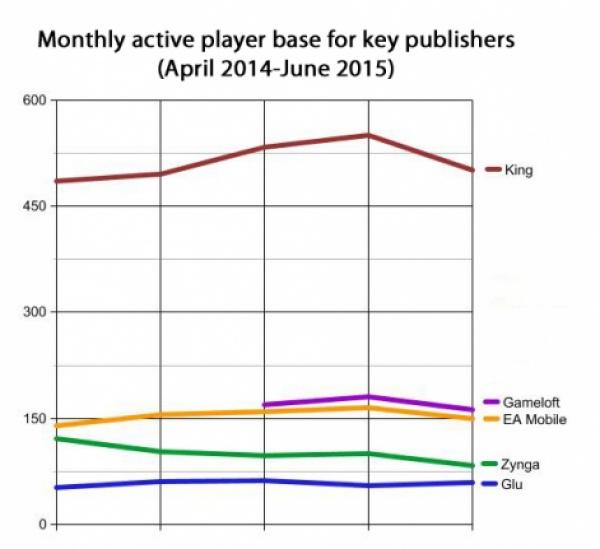
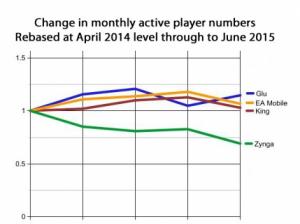 As for changes in monthly active players, it appears that Glu has managed to maintain great consistency with its games, while EA and King hold moderately steady. Meanwhile, Zynga shows a somewhat consistent drop with its titles, while Gameloft’s numbers are missing from the report.
As for changes in monthly active players, it appears that Glu has managed to maintain great consistency with its games, while EA and King hold moderately steady. Meanwhile, Zynga shows a somewhat consistent drop with its titles, while Gameloft’s numbers are missing from the report.